Caste discrimination: The honest discussion India still needs
I am a PhD candidate in the Department of Political Science, University of Hyderabad. My research focuses on the politics of Northeast India.
During my graduation at Banaras Hindu University, I watched a movie, Bandit Queen, with a friend of mine. The film was inspired by the life events of Phoolan Devi, a dalit woman who took up arms against the tyranny of the Thakur caste members and became first a “bandit” and then a Member of Parliament. When the movie was over, my friend remarked that Thakurs were so cruel! After a few months, that same friend of mine did something which was beyond my comprehension. He removed “niti” from Rajniti Vigyan (Political Science) book-cover and wrote “putana” instead. He changed “Rajniti” into “Rajputana,” the erstwhile name of Rajasthan. The pride of Rajputana was evident from his body language. What he meant by Rajputana was the land of the Thakurs, the land of his caste.
Which of these is a case of casteism? Oppression of Phoolan Devi or renaming Rajniti into Rajputana? Most people would consider the first example to be casteist and the other as carelessness or a joke at most. The first – be it in the film, attacks on lower castes, or breaking the statues of Dr. Ambedkar– is the most visible form of caste violence. Slovenian philosopher Slavoj Zizek divides violence into two forms: Subjective and Objective. Subjective violence is the very visible violence done to and by identifiable subjects. This, Zizek argues, is violence in its most commonly understood form. It is toward/against this kind of violence that we often focus our political anxieties and energies. On the other hand, objective violence has no clear perpetrator and is often overlooked in the background of subjective violence. We need to shift our focus to the latter.
I aim to draw attention to those aspects of caste discrimination and violence, that are objective and invisible. They are numerous, but to limit the scope of this article, I will confine myself to two such anecdotes. In the next section, I will explain why and how exactly it happens, and if it has more to it than meets the eye.
Punishment and reward
Indian society does not evaluate all its sections equally. On one hand, it rewards the good works of a lower caste person only as much as it punishes persons from the upper caste for their wrongdoings. On the other hand, it does precisely the opposite with the lower castes. It overemphasizes their faults while undervaluing their qualities.
I will share an anecdote. I had Dalit friends in school, and they were friendly and decent that anyone of us liked to be around them. But their caste becomes more critical to parents of many students than their characters and qualities. Some of them were suggested to be maintained at an arm’s length.
Caste stereotypes and stigmatization in the name of purity and decency cover the entire narrative of casteism. In the case of the upper castes, it happens the other way round. Their theatrics of masculinity by episodes like hooliganism in the name of caste, caste-pride, posting pictures on social media with fire-arms, or their sexism, which is evident from the Bhojpuri songs– all these things are ignored. While the goodness in dalit students is ignored due to stigma around caste, what was wrong from the upper castes was not pointed enough. My argument is not that these are upper caste virtues, but how they have been downplayed and normalized. Caste matters because “if not they, who will do that?” This explanation is not innocent and impartial. Or else, why do most of the cuss words/galis have their origins in lower castes? Because, as a society, we chose, and sometimes even forced ourselves, to ignore the upper caste faults.
Caste discriminations happen in our schools as well. There are large sections of lower caste who do not get quality education. Those who manage to enroll in private schools face subtle forms of discrimination there. Some students learn new things quickly, while others take longer than usual. Teachers teach without considering this difference, and later make a virtual list of smart and dumb students. And it goes without saying what happens with the so-called dumb students; mockery and humiliation.
Teachers forget that the learning outcome does not depend only on personal hard work. Cultural and economic capital which upper castes enjoy immensely, play an essential role. Instead of adapting their approach according to the need of different students, teachers focus more on the “smart” students. This process later becomes the “merit argument” of the upper castes. Apart from this, the caste also determines the personal relationship with the teacher. In my class, the upper caste children were often called “Babu Sahab,” “Khan Sahab,” and “Pandit Ji.” If a Brahmin or Thakur student made a mistake, s/he was punished like anyone else but also received words of advice from teachers. This “personal care,” guidance and mentorship is not available to everyone. All these might sound normal and innocent, but they are not.
Invisible upper caste privileges
But why does this happen? Does caste play any role in it, if yes, how does it do so? It’s a long and complicated story. During the later Vedic age, society got divided into four different hierarchical varnas. The varna order, to paraphrase historian Upindar Singh, was partly an ideology that reflected the increasing social differentiation of the times, which justified this differentiation from the perspective of the elite groups. This ideology defined social boundaries, roles, status, and ritual purity of every varna. They were supposed to have different innate characteristics, which made them naturally suited to certain occupations and social rank.
The Shatapatha Brahmana associates the Brahmins with four distinctive attributes: purity of parentage, good conduct, glory, and teaching or protecting people. He is also associated with receiving four privileges from the people—honor, gifts, freedom from being harassed, and freedom from being beaten. The Kshatriyas were related to strength, fame, ruling, and warfare. The Vaishyas were associated with material prosperity and production-related activities. The position of the Shudra was fixed at the bottom of the varna ladder. He was assigned to serve the higher varnas and perform menial tasks. He could not perform Vedic sacrifices. According to the Aitareya Brahmana, the Shudra must be ready to do anything and everything when asked by others. He can be made to rise at will and can be beaten at will. There was also a fifth category of the Untouchables. This category was not even recognized. Society didn’t consider them a legitimate part of it.
Social status, role, purity, virtue and vices, honor, privileges, and disabilities are distributed along caste lines, and caste itself is hereditary, i.e., your birth decides almost everything. In this situation, individual qualities mean little. Therefore, in our first example of punishment and reward, my dalit friends’ caste matters much to society than their characteristics. When we mention someone’s caste publicly, as in our second example, we don’t merely utter a community’s name but also invoke, knowingly or unknowingly, everything attached to it from caste privileges to caste disabilities.
Many people would like to think caste discrimination doesn’t exist, and these stories are old, but they are not. It was found in a recent study that 52% of Brahmin families and 27% of Indian households practice untouchability. Hindu Dalits, former untouchables, did not have the right to go to temples, which exists in some places till today. The controversy when the president Kovind was not allowed to enter the sanctum sanctorum at Puri Jagannath temple is a case in point. Many upper caste people started justifying untouchability as scientific in the ongoing COVID-19 pandemic.
The caste system does not stop there; it has also produced material and cultural advantages to the upper castes. This part is most important because it concerns the current batch of the upper caste, which is a product of the anti-lower caste system. The upper castes have benefitted and still benefit from it. The upper caste members converted traditional caste capital into modern class capital. They used that to acquire higher education credentials and strongholds in lucrative professions. They later justified it on the name of merit, something they have earned through hard work and talent only. Their caste privileges help them disproportionately to get other kinds of capital as well.
According to a UGC report, 65.25% assistant professors, 96.95% of associate professors, and around 94% of professors in 40 Central Universities are from the General category (read upper caste). Furthermore, Indian media is the upper caste fortress. According to a report Who Tells Our Stories Matters: Representation of Marginalised Caste Groups in Indian Newsrooms, 89.3% leadership positions and 76.5% anchors in the English news channels, and 100% leadership positions, 80.5% anchors in the Hindi news channels have the upper caste background. Apart from these, around 70% panelists on the TV and 72% writers in the Newspapers belong to the upper castes. Bollywood, too, follows this unwritten rule where almost every main character is from the upper castes.
This is just the tip of an iceberg. But the language of merit makes upper-caste privileges invisible. Satish Deshpande tells us that it also happens in the name of modernization, nation-building, and development. It’s time when the upper castes must throw infrared lights of acknowledgment to make their invisible caste privileges visible. We don’t know if the upper castes are going to do so ever. But India’s reckoning, with its casteist past, needs an honest discussion on it, especially in our university and college campuses, media debates, and cultural production. We need to eradicate the privileges and disabilities that come with caste. It’s important because just criticizing caste politics, promoting inter-caste marriage, or grudging grant of reservations will not suffice to annihilate the caste.
Deepak wants to thank his friends Aman and CK for their encouragement.
Featured Image Credits: Timetoswipe


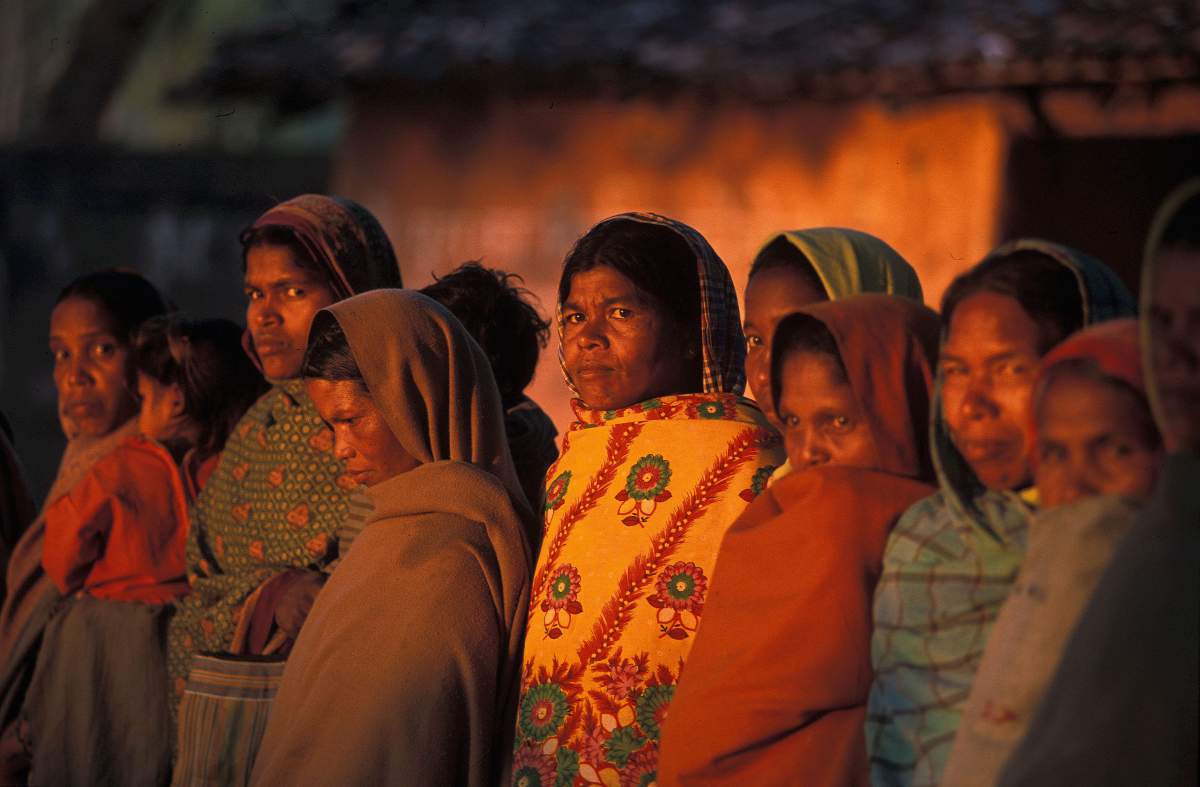
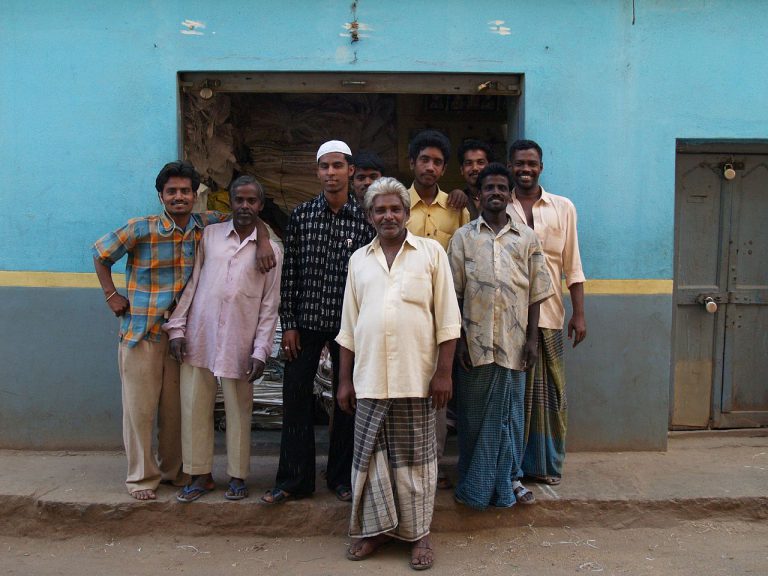

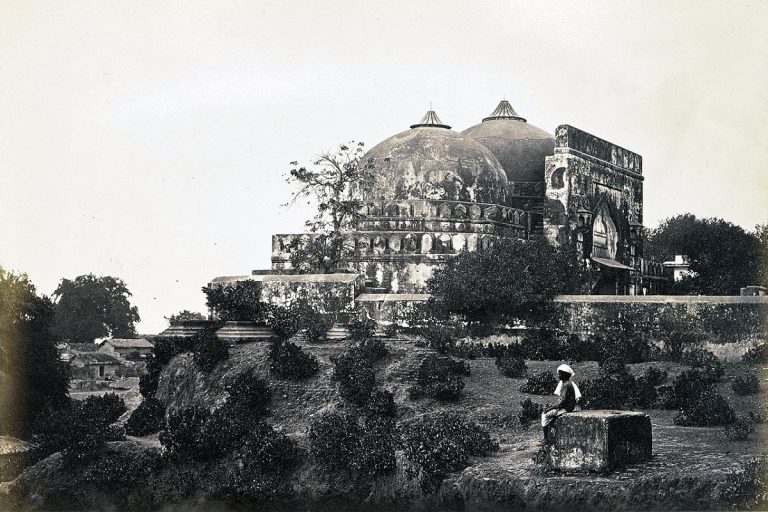

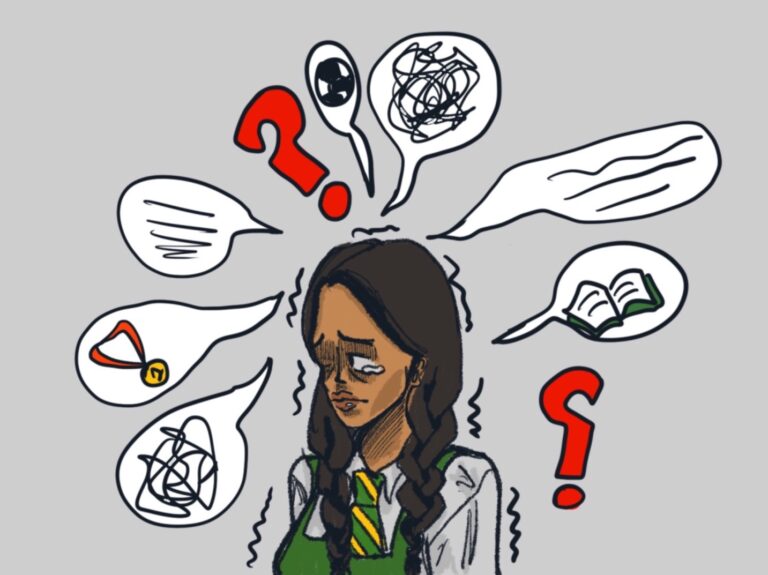
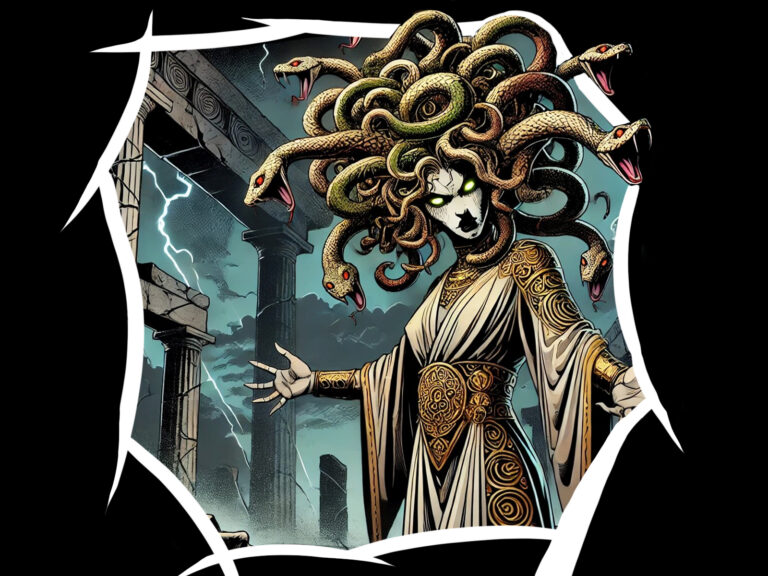
Explanation is on the point ??